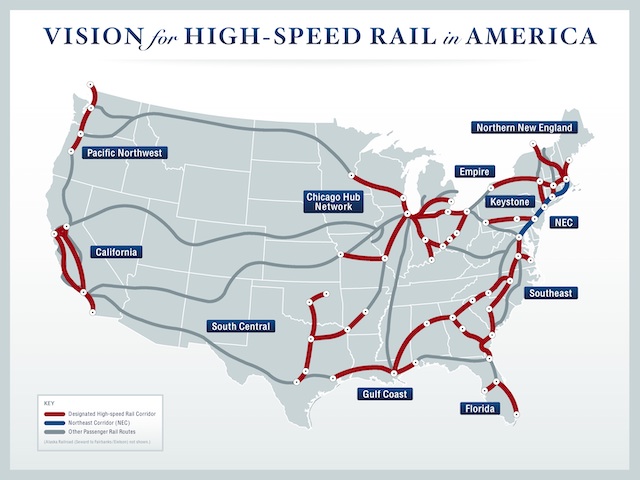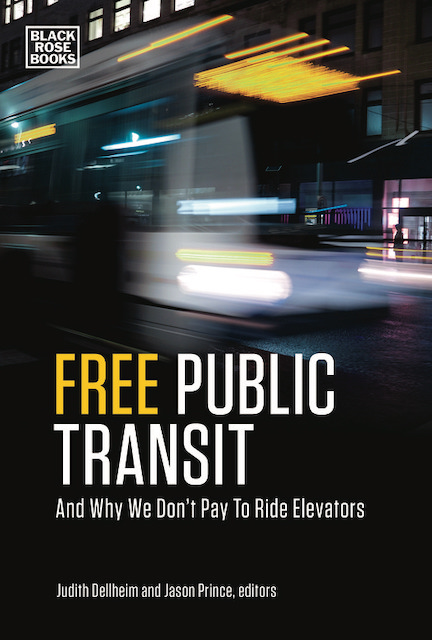Transit ridership in 2018 was 2.0 percent less than in 2017, according to the December 2018 monthly data released by the Federal Transit Administration last Friday. Led by a 2.5 percent decline in heavy-rail ridership, total rail ridership actually declined by more than bus ridership: 2.1 percent vs. 2.0 percent.
The 2018 decline follows three straight years of previous losses, resulting in a total 8.5 percent fall since 2014. Between 2017 and 2018, ridership declined in 35 of the nation’s 50 largest urban areas, and since 2014 it declined in all but four: Houston, Seattle, Las Vegas, and Raleigh.
In November’s ridership report, the Antiplanner noted that commuter-rail numbers for Boston, New York, and a few other cities appeared to be incomplete, resulting in an apparent 15 percent decline in total commuter-rail ridership from November 2017. The December release corrects those data, revealing that total commuter-rail ridership in November didn’t fall at all, but it didn’t really increase either, gaining less than 0.05 percent. Commuter rail fell by 0.2 percent in December and was flat for the year as a whole. Continue reading









